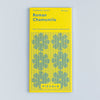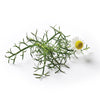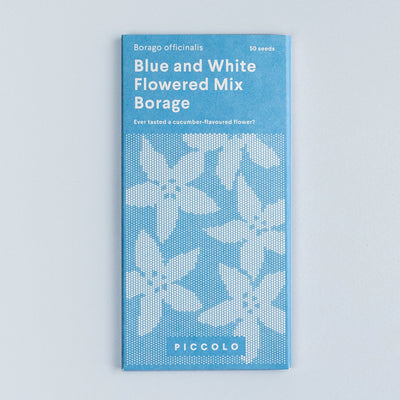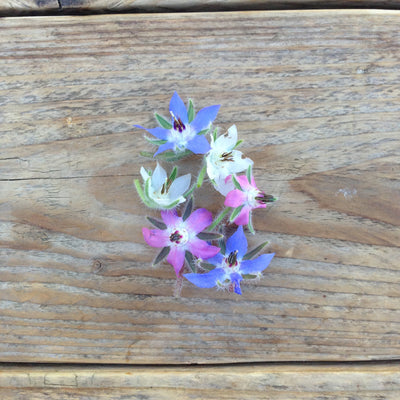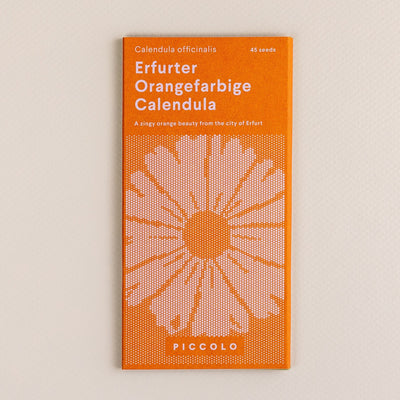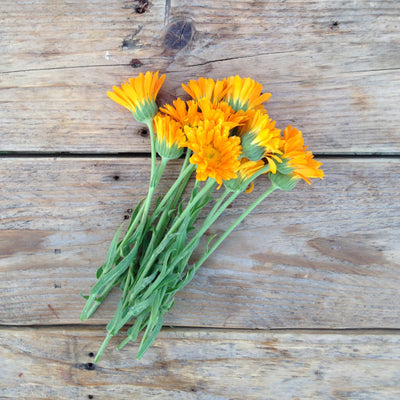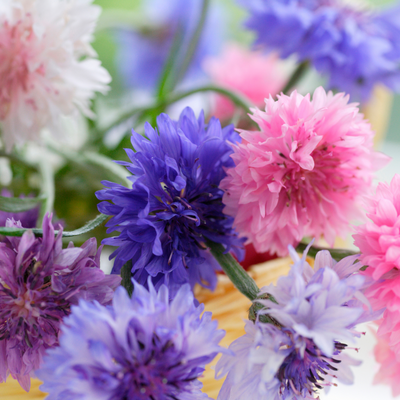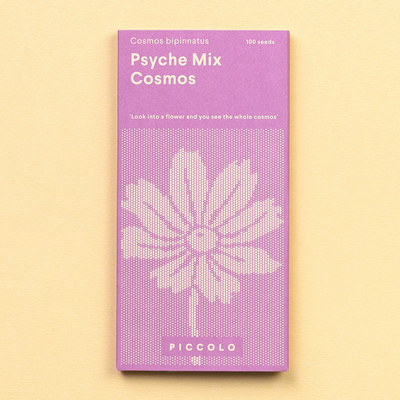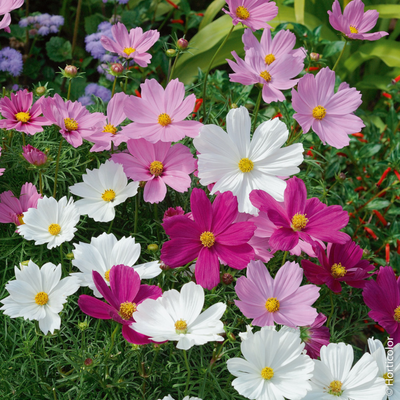Chamomile Roman



Regular price €3.00
Roman Chamomile is a perennial, small and creeping plant with daisy-like flowers. The plant has a wonderful, sweet, fruity scent and is commonly used to make herbal infusions for medicinal uses. While it is probably the most popular and well-known therapeutic plant, chamomile is also a popular ingredient in a number of magical rituals. When it comes to deities, chamomile is linked to Cernunnos, Ra, Helios, and other sun gods. At the same time, the Vikings had a more practical use for chamomile, adding it to their hair shampoos to aid in the lightening of blond hair. In a number of folk magic traditions, particularly those of the American south, chamomile is known as a lucky flower and, if you're a gambler, washing your hands in chamomile tea will ensure good luck at the gaming tables.
Details
Latin name
Anthemis nobilis
Name
Chamomile
Variety
Roman
Quantity
700 seeds
Plant size
Height 30 cm
Width 20 cm
Container size
Height 30 cm
Width 30 cm
Companion plant
Cucumbers, bunching onions, basils, lavander
How to grow
Sowing
Indoor Not required
Outdoor Apr-June, Sept-Oct
Timing
Germination 10-15 days
Harvesting 40-60 days
Spacing
When sowing 3-5 cm; Depth 0,5 cm
When thinning 10-20 cm
Growing
Sunligth Full sun to partial shade
Soil Well-drained, light and moist soil
Watering Regular, allow to dry out
Feeding No fertilizer or compost addition is necessary
Caring
Expert tip Roman Chamomile is resistant to drought and can survive for some time without water. This makes it a plant that has good ground cover if kept short and is ideal for use as a lawn substitute.
Supporting
Pollinators
Attracts bees and butterflies.
Pests
Promotes the health of nearby plants
How to eat
Harvesting
Pick the flowers when in full bloom, early in the morning. Dry in a warm, dry, well-ventilated area, turn and shake regularly. Chamomile should be dry in around four days.
Eating
Medicinal properties Chamomile tea has so many health virtues, making it an ideal family remedy.
How to eat It is commonly known that chamomile is used to make herbal tea, yet its flowers are also edible. It makes a lovely addition to cakes, biscuits and puddings since its flavour lends a natural, gentle sweetness and pleasant floral notes to any dessert. It can also bring an element of acidity and herbal flavour to help you create a savoury meal—if you are willing to stretch your culinary skills using this unique ingredient!

